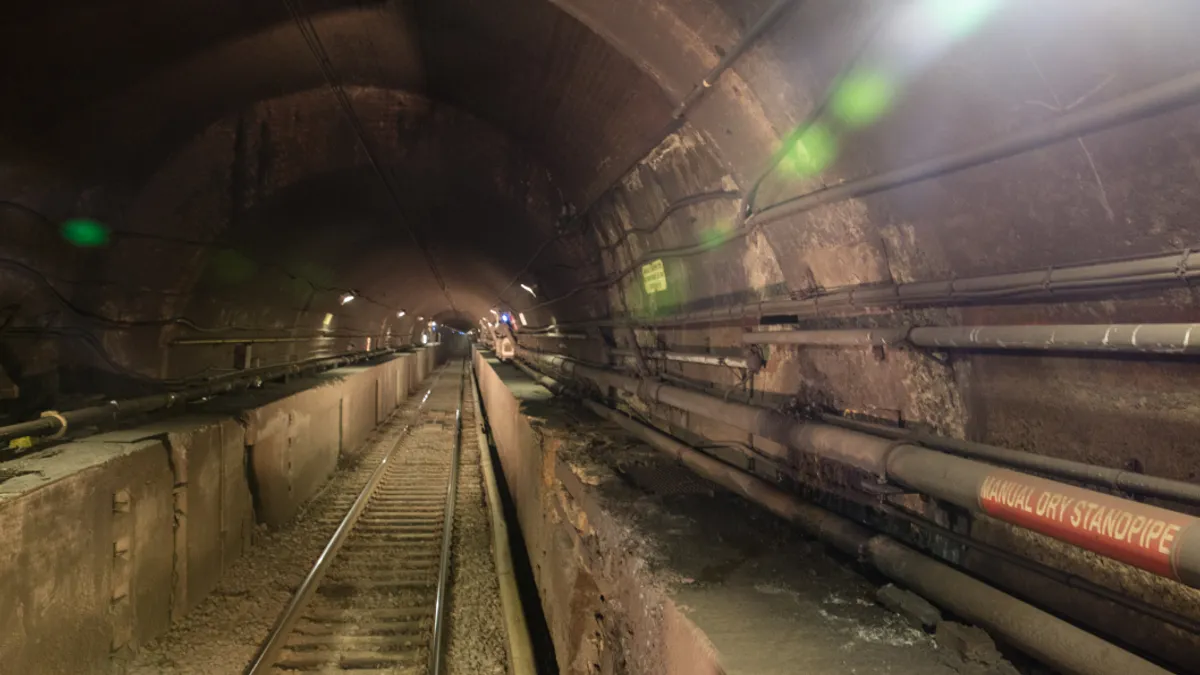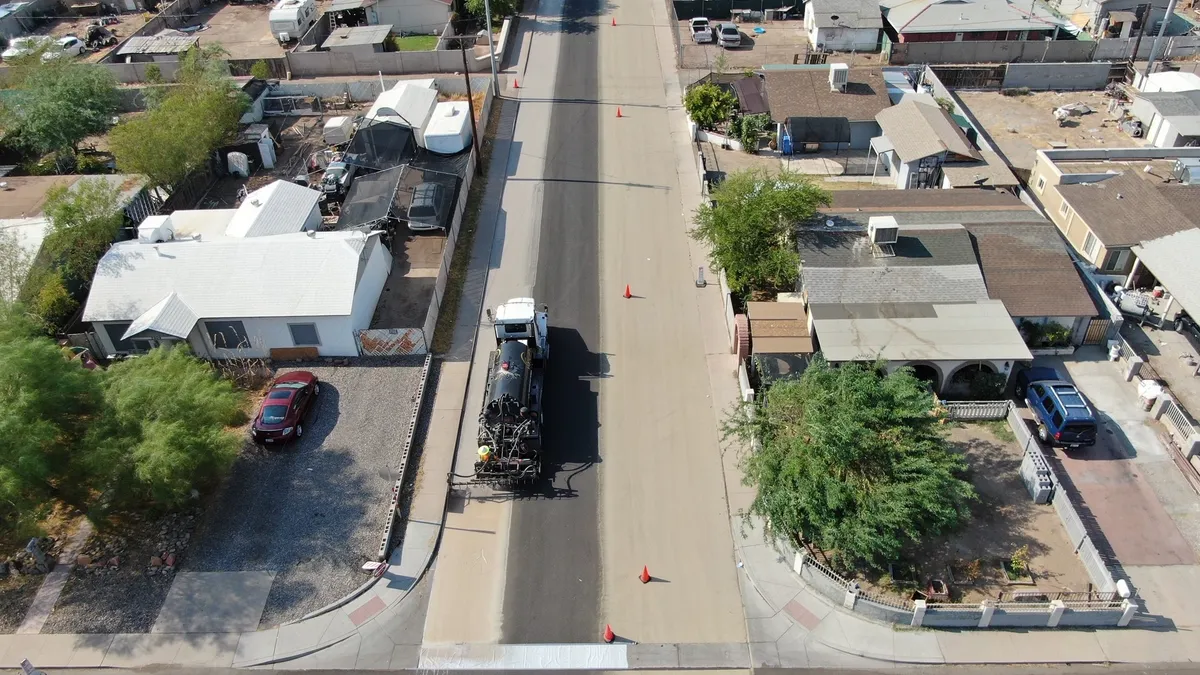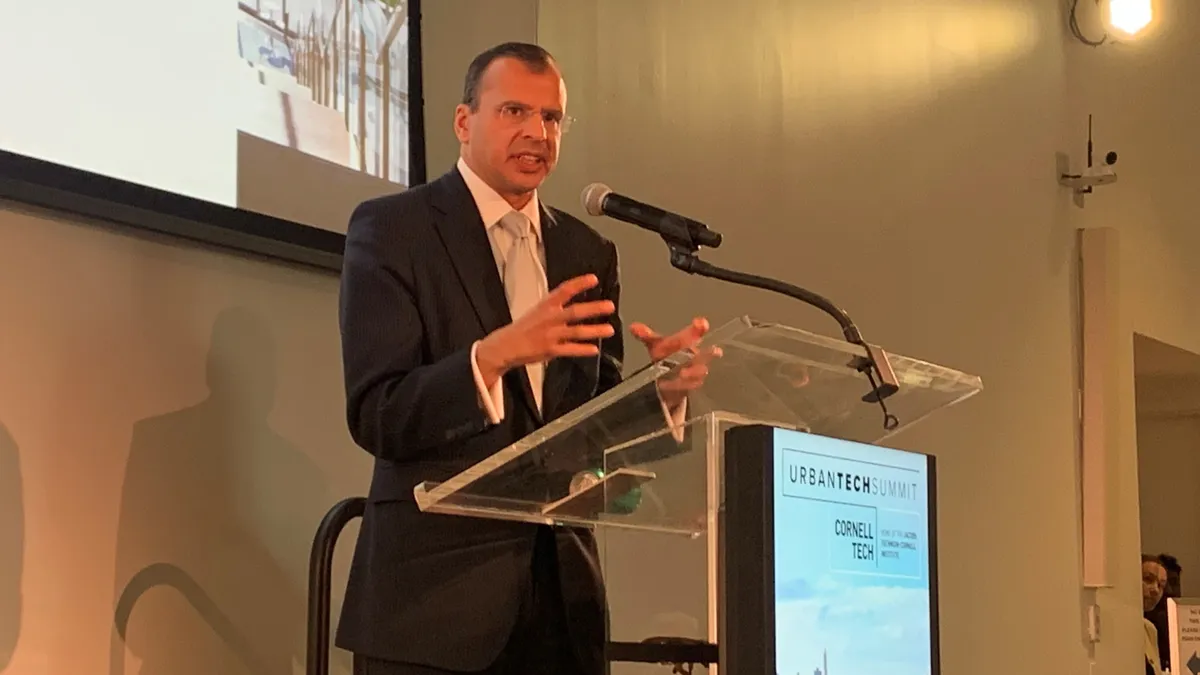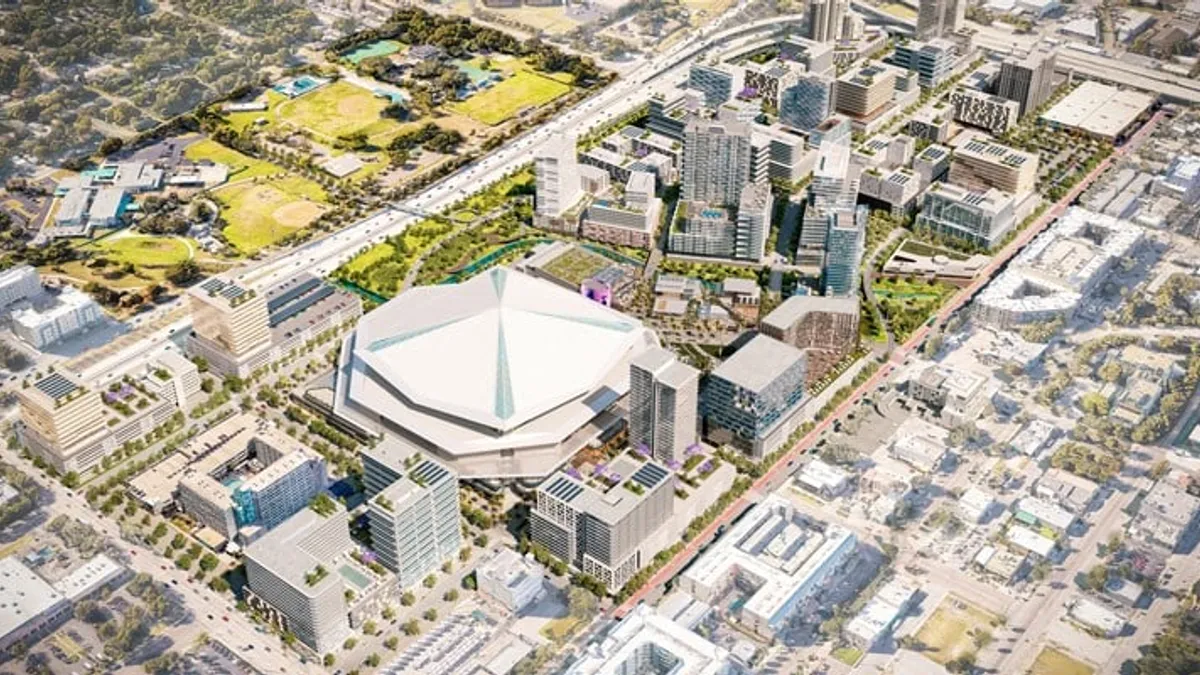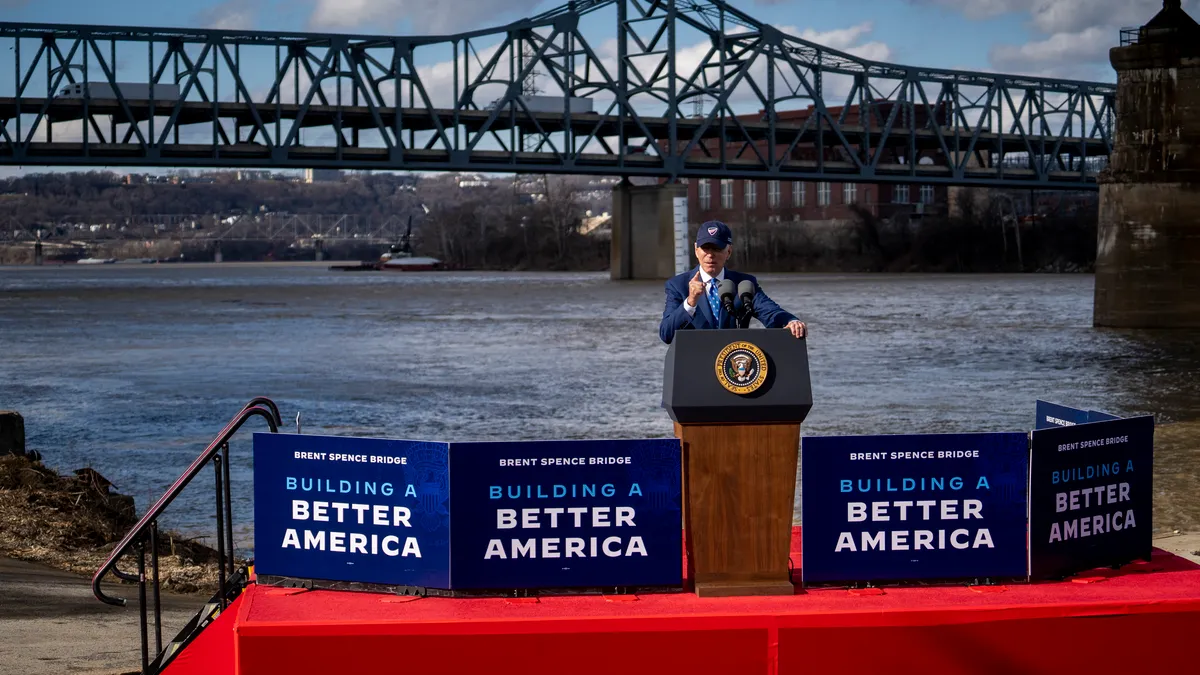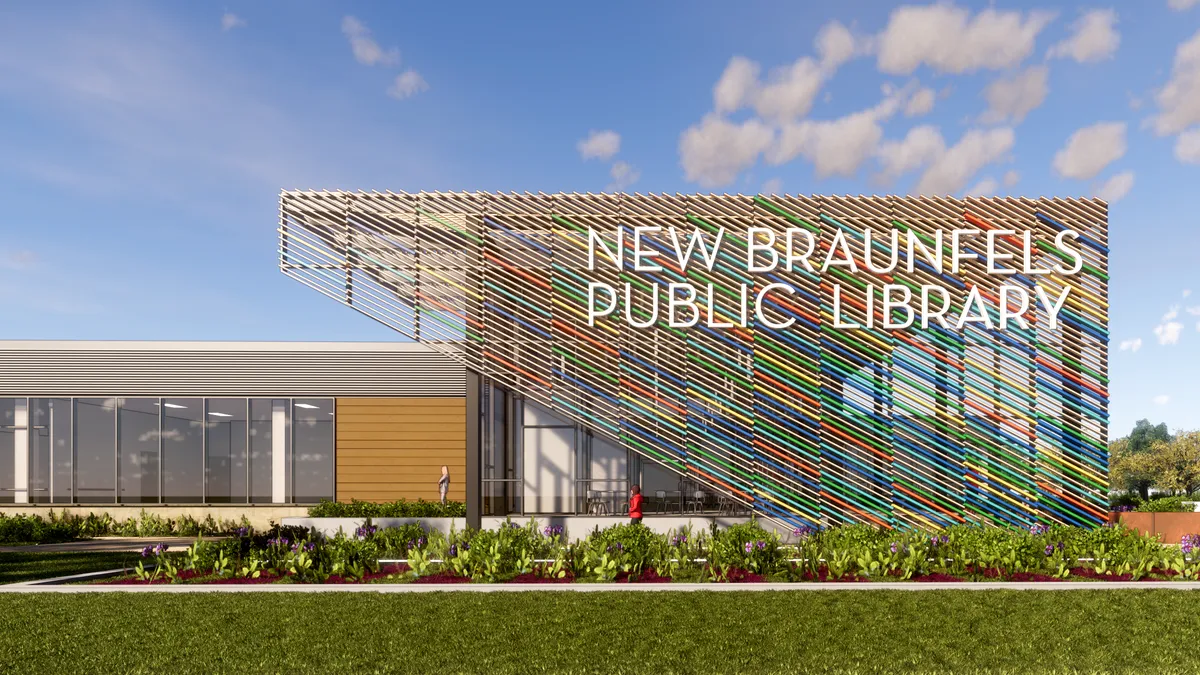There's nothing quite like an infrastructure disaster to get the American public's attention, whether it's the discovery of a contaminated drinking water system in Flint, MI or a near-catastrophic dam failure in Oroville, CA.
In fact, the American Society of Civil Engineers (ASCE) often sees an uptick in traffic to its infrastructure website following such events, as the public tries to put such failures into context, said Emily Feenstra, ASCE managing director of government relations and infrastructure initiatives. The organization issues a comprehensive report every four years on the condition of 16 types of U.S. infrastructure including roads, bridges, drink water, dams and rail systems.
Unfortunately, the momentum to fix infrastructure problems wanes with time, and taxpayers are left with the prospect of forking over an overwhelming amount of money to make it right. For surface transportation alone, it will take at least $1.5 trillion (in 2019 dollars) to close the gap between current spending and what is needed to bring roads, rail and bridges into a state of good repair, according to the latest data from the ASCE.
"All those maintenance bills are coming due," Feenstra said.
The price of doing nothing is even higher. The costs of deficient U.S. road networks, according to the ASCE, could reach more than $4 trillion over the next 20 years, even with the expected efficiency gains from connected and autonomous vehicle technology.
Congress, President Donald Trump and Democratic presidential nominee Joe Biden have said they are committed to getting major infrastructure legislation passed soon. But in the meantime, Americans continue to use infrastructure that is in a serious state of disrepair, if not downright deadly.
From a deteriorating transit tunnel to a high-risk dam and unhealthy drinking water brought on by aging infrastructure, these five projects exemplify the worst case scenario of ignoring serious infrastructure issues.
The Hudson River Tunnel
New York/New Jersey
The Hudson River Tunnel, built in 1910, sees 450 Amtrak and New Jersey Transit trains with 200,000 riders pass through its dual tubes each day. The 10-mile tunnel system is an integral part of travel through the Northeast Corridor, which extends from Washington, D.C., to Boston.
However, in 2012, salt water driven into the tunnels by Superstorm Sandy flooded the aging structure, hastening its deterioration. In fact, the corrosive chlorides that the salt water left behind continue to inflict damage on the tunnel's concrete liner and bench walls, home to electrical and signaling systems that are critical to train operations. Only because of ongoing emergency maintenance has the Hudson River Tunnel been able to remain operable.
The nightmare scenario, of course, would be if the tunnel's condition deteriorated to the point that cracks allow water to flood it once again, this time while trains are moving through it, although Amtrak said the tunnel is safe for passengers. The Trump administration has refused to make good on the Obama administration’s commitment to pay for half of the project's cost, projected at $11.6 billion, delaying progress.
U.S. Highway 1
East Coast of Florida
The portion of U.S. Highway 1 that runs north and south along the east coast of Florida has the dubious distinction of being at or near the top of the list of deadliest roads in America, with more than 1,000 deaths per year via fatal vehicle crashes. A 2017 Geotab analysis completed over a 10-year period found that annual deaths on that stretch of road totaled 1,079, more than double the number of fatalities on next-place I-40 through Tennessee.
While there are many factors involved in fatal crashes, there are some infrastructure strategies that could be employed along roads like U.S. Highway 1 to reduce their rate, although all initiatives cost money either through capital outlays or enforcement. The Vision Zero Network suggests strategies like:
- Painted and post-protected bicycle lanes.
- Rapid intervention at crash scenes to determine what short-term or pilot interventions could be implemented.
- Policies that reduce vehicle use and encourage walking, bicycling and the use of public transit.
- Street design that reduces speed.
- Lower legal speed limits.
- Automated speed limit enforcement.
Mojave River Dam
San Bernardino County, California
According to the ASCE, almost one in six U.S. dams has high-hazard potential. That equates to more than 15,000 dams. When a high-hazard dam fails, according to the Association of Dam Safety Officials, there is the likelihood of loss of human life.
Last year, the U.S. Army Corps of Engineers, which maintains a database of all the nation's dams and their risk levels, raised the risk classification for the Mojave Dam in San Bernardino County, California, to high. The 200-foot-high earthen dam was built in 1971 and, if it fails, threatens communities as far away as 140 miles. The number of people who live in those communities, according to KTLA 5, totals about 300,000.
Army Corps officials said that a weather event significant enough to flood the spillway is unlikely but, at the same time a "real possibility" that must be considered. The useful life of a dam is about 50 years, and the average age of U.S. dams, according to the ASCE, is 56 years. By 2025, 70% of U.S. dams will be older than 50 years.
Two high-hazard dams in Michigan, the Edenville and Sanford dams, failed in May, leaving downtown Midland, Michigan, under 9 feet of water, causing about $175 million in damage and emptying two lakes.
The cost to repair all of the dams under its control, the Army Corps estimated a few years ago, is $25 billion. Repairing all federal and non-federal dams, according to the Association of State Dam officials, would cost $64 billion.
Brooklyn Bridge
New York City
The Brooklyn Bridge connecting the New York City boroughs of Manhattan and Brooklyn is just one of more than 46,000 bridges in the U.S. that are structurally deficient, according to the American Road & Transportation Builders Association's annual bridge report released earlier this year. Although 2019's structurally deficient bridge inventory numbered about 900 less than in 2018, at the current rate of repair, it would take 50 years and $164 billion to reduce that list to zero.
State and local transportation officials are not likely to allow traffic on a bridge that is on the verge of collapse, but that isn't the only danger. Earlier this year, a piece of concrete fell from a bridge over US-127 in Vevay Township, Michigan, and injured a driver after it crashed through her windshield. In 2018. a 2,700-pound piece of concrete fell from a St. Louis, Missouri, bridge, killing a motorist passing underneath.
The Brooklyn Bridge, which has spanned the East River between the boroughs of Brooklyn and Manhattan since 1883, could soon come off that list, however. The bridge is undergoing a $238 million rehabilitation, led by Navillus Contracting and the MLJ Contracting Corp. The work, part of an ongoing effort by the New York City DOT to maintain the bridge, will include the cleaning and restoration of the bridge’s granite towers and arch blocks, rehab of the Brooklyn and Manhattan arch interiors, reinforcement of the Manhattan arches foundations and reconstruction/rehab of brick infill walls and stone features.
Lead-contaminated water
Chicago
The general consensus among public health officials is that there is no lead consumption level that is safe for humans, yet, according to an analysis of nationwide drinking water system data by American Public Media, the tap water of 15 million to 22 million people in the U.S. are carried by lead service lines.
According to the Environmental Protection Agency, when water moves through lead pipes, the amount of lead entering the flow of water depends on several factors including how much water is moving through the pipes, the chemistry of the water — some water sources are more corrosive than others — and the amount of wear on the pipes.
It was a planned 2014 change in the water source that preceded the drinking water crisis in Flint, Michigan. City officials did not apply corrosion inhibitors to the water and lead leached from the old pipes, exposing 100,000 Flint residents, up to 12,000 children included, to dangerous levels of lead. As of August 2020, the city had replaced 91% of the city's lead pipes and had 2,500 more residences left to inspect.
While Flint is working to get its drinking water problems under control, another U.S. city is facing health-related issues tied to tap water. Chicago relies on approximately 400,000 lead service lines to bring water into about 80% of the city's homes, giving it the dubious distinction of having the "worst documented lead line problem in the nation."
In 2018, two-thirds of Chicago homes tested had lead present and one-third had more than what is allowed in bottled water. The city's building codes required lead pipes to be used as service lines until 1986, when they were banned by federal law.
Although officials maintain that the water in Chicago is below the EPA's "action level" of 15 parts per billion, environmental groups claim that acceptable testing methods specified by federal regulations do not pick up the higher concentrations of lead that other testing methods have.
Last month, Chicago Mayor Lori Lightfoot introduced a program to replace the city's lead pipes. But under the plan, estimated at $8.5 billion, only 400 to 800 lines will be replaced during the first year, leaving one local lawmaker to remark that it will take until 2553 to get the job done at that rate.
But Flint and Chicago are not the end of the story — other metro areas face drinking water issues as well. Under the Water Resources Development Act passed this summer, there are loan programs available to local agencies to improve the quality of their water, but according to the American Water Works Association, it would take $1 trillion to meet water quality demands during the next 25 years.


